Ditapis dengan
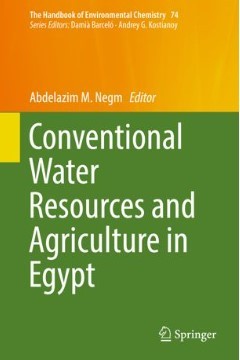
Conventional Water Resources and Agriculture in Egypt
This unique volume focuses on Egypt’s conventional water resources and the main water consumer: Egypt’s agriculture. It provides an up-to-date overview and the latest research findings, and covers the following main topics: History of irrigation and irrigation projects, Key features of agriculture, the administrative and legal framework in Egypt, Land resources for agriculture development, …
- Edisi
- -
- ISBN/ISSN
- 978-3-319-95065-5
- Deskripsi Fisik
- 679 hlm.
- Judul Seri
- The Handbook of Environmental Chemistry 74
- No. Panggil
- -
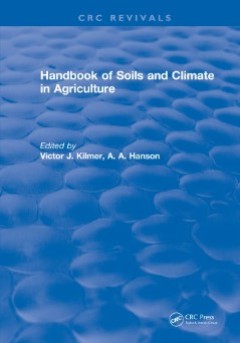
Handbook of Soils and Climate in Agriculture
This book contains Climate of the United States, Soil Classifications, Soil Physics, Soil Chemistry, Soil Microbiology, Soil Organic Matter, Soil Fertility, Fertilizers, and Plant Nutrition, Fertilizer Sources and Composition, Lime, Lime Materials, and other Soil Amendments, Soil and Water Management and Conservation, Soil and Water Management and Conservation: Wind Erosion.
- Edisi
- -
- ISBN/ISSN
- 978-1-351-07307-3
- Deskripsi Fisik
- 455 hlm.
- Judul Seri
- -
- No. Panggil
- -
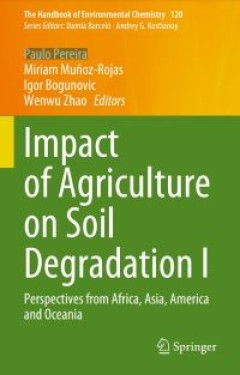
Impact of Agriculture on Soil Degradation I: Perspectives from Africa, Asia, …
This book covers the main effects of agriculture practices on soil degradation in several countries from Africa, America, Asia, and Oceania, and it elucidates the impact of chemical agents on soil quality, namely, the use of fertilizers, herbicides, pesticides, soil acidification and microplastics pollution. In these continents, a large number of the population depend on agriculture, which sets…
- Edisi
- -
- ISBN/ISSN
- 978-3-031-32168-9
- Deskripsi Fisik
- 398 hlm.
- Judul Seri
- -
- No. Panggil
- -
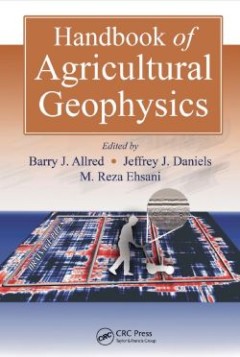
Handbook of Agricultural Geophysics (Books in Soils, Plants, and the Environm…
Precision farming, site infrastructure assessment, hydrologic monitoring, and environmental investigations — these are just a few current and potential uses of near-surface geophysical methods in agriculture. Responding to the growing demand for this technology, the Handbook of Agricultural Geophysics supplies a clear, concise overview of near-surface geophysical methods that can be used in a…
- Edisi
- -
- ISBN/ISSN
- 978-0-8493-3728-4
- Deskripsi Fisik
- 434 hlm.
- Judul Seri
- -
- No. Panggil
- -
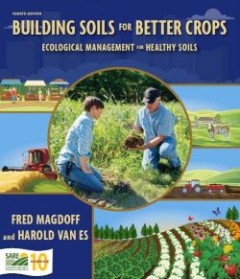
Building Soils for Better Crops: Ecological Management for Healthy Soils
The 4th edition of Building Soils for Better Crops is a one-of-a-kind, practical guide to ecological soil management. It provides step-by-step information on soil-improving practices as well as in-depth background―from what soil is to the importance of organic matter. It will show you how different physical, chemical and biological factors of the soil interconnect, and how management practice…
- Edisi
- 4
- ISBN/ISSN
- 978-1888626193
- Deskripsi Fisik
- 410 hlm.
- Judul Seri
- Handbook Series 10
- No. Panggil
- -
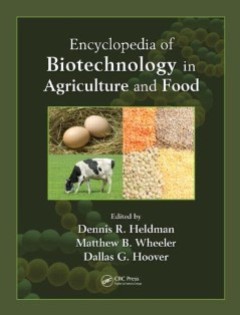
Encyclopedia of Biotechnology in Agriculture and Food
The Encyclopedia of Biotechnology in Agriculture and Food provides users with unprecedented access to nearly 200 entries that cover the entire food system, describing the concepts and processes that are used in the production of raw agricultural materials and food product manufacturing. So that users can locate the information they need quickly without having to flip through pages and pages of …
- Edisi
- -
- ISBN/ISSN
- 978-0-8493-5027-6
- Deskripsi Fisik
- 1342 hlm.
- Judul Seri
- -
- No. Panggil
- -
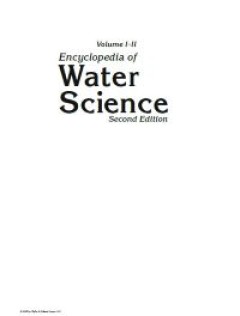
Agriculture - Encyclopedia of Water Science
Filled with figures, images, and illustrations, Encyclopedia of Water Science, Second Edition provides effective concepts and procedures in environmental water science and engineering. It unveils a wide spectrum of design concepts, methods, and solutions for enhanced performance of water quality, treatment, conservation, and irrigation methods, as well as improved water efficiency in industrial…
- Edisi
- 2
- ISBN/ISSN
- 978‑0‑8493‑9627‑4
- Deskripsi Fisik
- 1415 hlm.
- Judul Seri
- -
- No. Panggil
- -
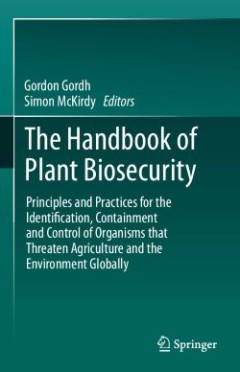
The Handbook of Plant Biosecurity: Principles and Practices for the Identific…
The Handbook identifies all aspects of Regulatory Plant Biosecurity and discusses them from the standpoint of preventing the international movement of plant pests, diseases and weeds that negatively impact production agriculture, natural plant-resources and agricultural commerce.
- Edisi
- -
- ISBN/ISSN
- 978-94-007-7365-3
- Deskripsi Fisik
- 729 hlm.
- Judul Seri
- -
- No. Panggil
- -
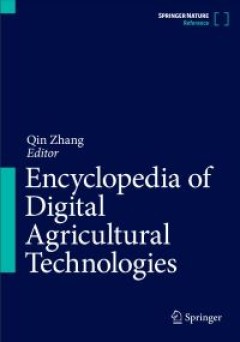
Encyclopedia of Digital Agricultural Technologies
Digital agriculture is an emerging concept of modern farming that refers to managing farms using modern Engineering, Information and Communication Technologies (EICT) aiming at increasing the overall efficiency of agricultural production, improving the quantity and quality of products, and optimizing the human labor required and natural resource consumption in operations. This encyclopedia is d…
- Edisi
- -
- ISBN/ISSN
- 978-3-031-24861-0
- Deskripsi Fisik
- 1636 hlm.
- Judul Seri
- -
- No. Panggil
- -
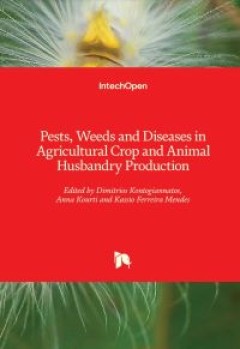
Pests, Weeds and Diseases in Agricultural Crop and Animal Husbandry Production
This book highlights some of the most recent research with respect to emerging pest challenges in agricultural crop and animal husbandry production: analytical methods for glyphosate detection in foods, biopesticides and essential oils, environmental safety in pest control, herbicide and glyphosate resistance, herbicides and weed management, integrated pest management, mass spectrometry for ins…
- Edisi
- -
- ISBN/ISSN
- 978-1-83962-462-9
- Deskripsi Fisik
- 270 hlm.
- Judul Seri
- -
- No. Panggil
- -
 Karya Umum
Karya Umum  Filsafat
Filsafat  Agama
Agama  Ilmu-ilmu Sosial
Ilmu-ilmu Sosial  Bahasa
Bahasa  Ilmu-ilmu Murni
Ilmu-ilmu Murni  Ilmu-ilmu Terapan
Ilmu-ilmu Terapan  Kesenian, Hiburan, dan Olahraga
Kesenian, Hiburan, dan Olahraga  Kesusastraan
Kesusastraan  Geografi dan Sejarah
Geografi dan Sejarah